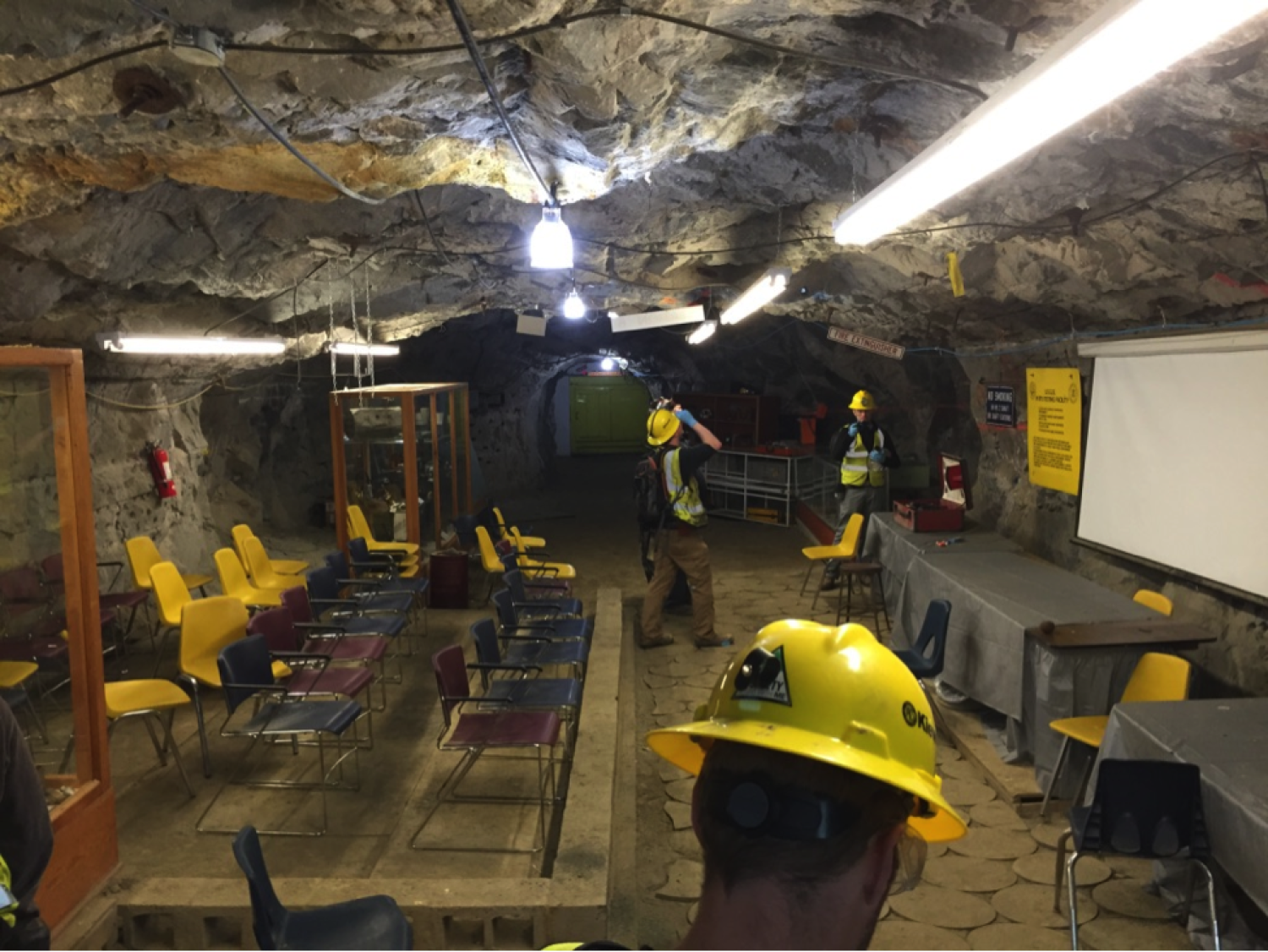Edgar Mine Classroom
The Edgar Mine in Idaho Springs, Colorado, U.S.A. is a demonstration / teaching Mine that has been owned and operated by the Colorado School of Mines in Golden, Colorado, U.S.A. for 140 years. With more than 5 miles of walk in adits capable of handling drilling and coring equipment with state-of-the-art mine safety practices in place, the Edgar Mine affords a unique opportunity to study life in the subsurface. Hypotheses can be tested in any number of ways by long-term experimentation in space and time, accessing environments from high pH to low pH within granitic rocks and pyritic and precious metal ores that range from wet to dry. Geochemical characterization of long-term collected waters combined with DNA/RNA sequence analysis provides clues to the extent of life in the Colorado subsurface.

In a nearby mine, the Henderson Mine in Empire, Colorado, U.S.A. we have found two candidate phyla of Bacteria (Sahl, et al., 2008), and now we are actively investigating the presence of novel microbial life, i.e. microbial dark matter, in the Edgar Mine. The Edgar Mine has thousands of drill holes that have been drilled by mining students over the past century. These holes can be packed off for water to accumulate in the holes, which can then be characterized for geochemistry, stable isotopes and microbial community characterization with DNA/RNA sequence approaches. Fresh, deep core samples can also be obtained with a state-of-the-art wire-line coring rig that can be transported to any location within the mine. Importantly, we can design and test experiments that are applicable to any location in granitic regions of Earth’s subsurface, many of which have direct astrobiological connection to other planetary bodies.

